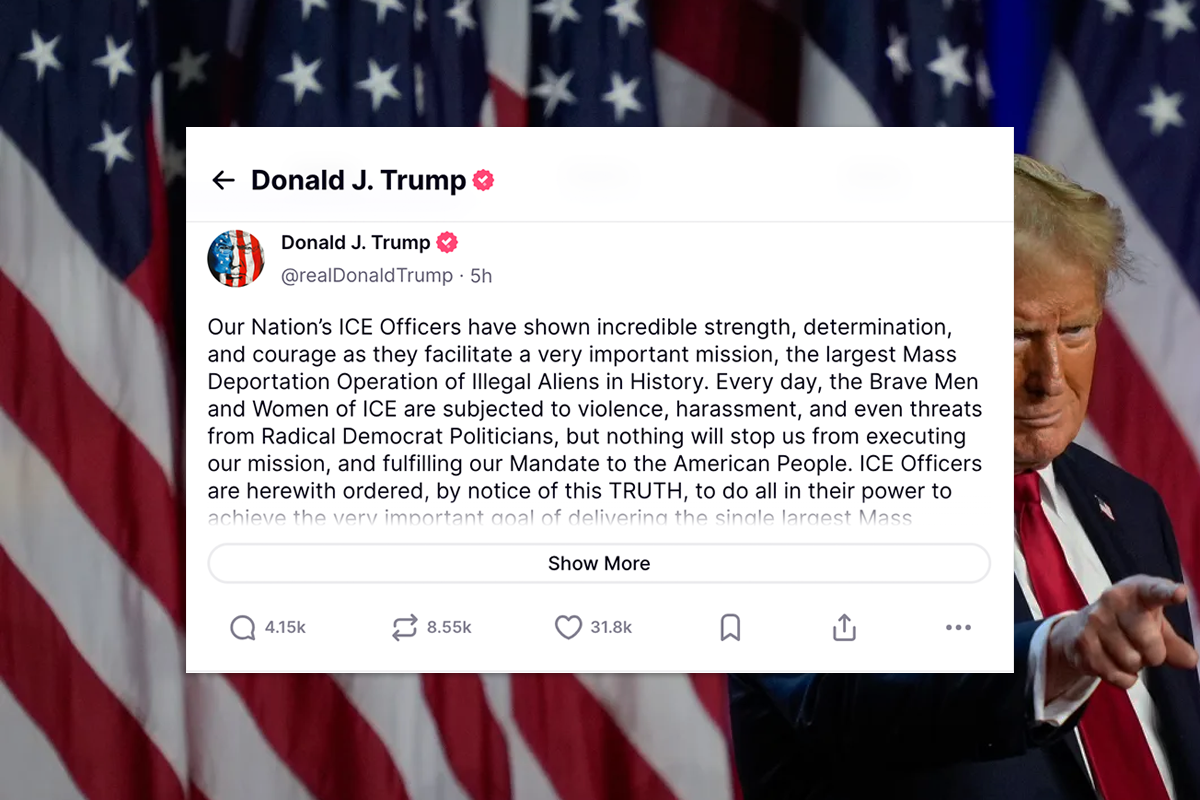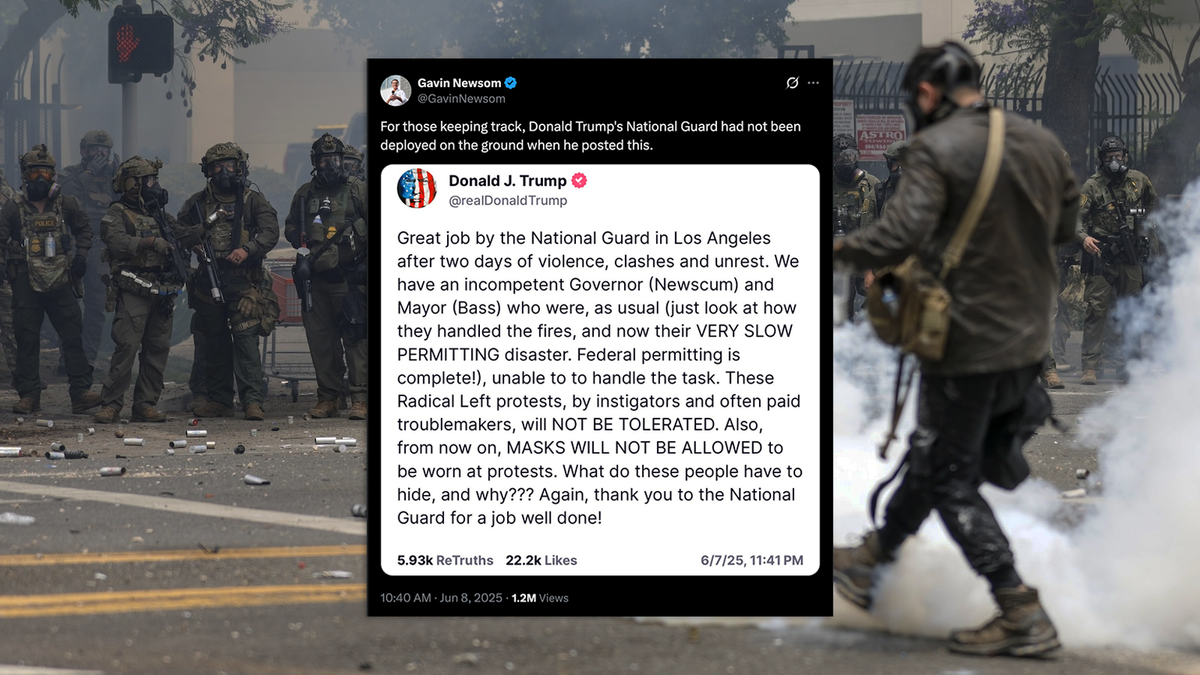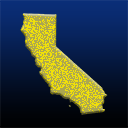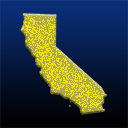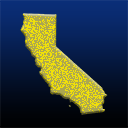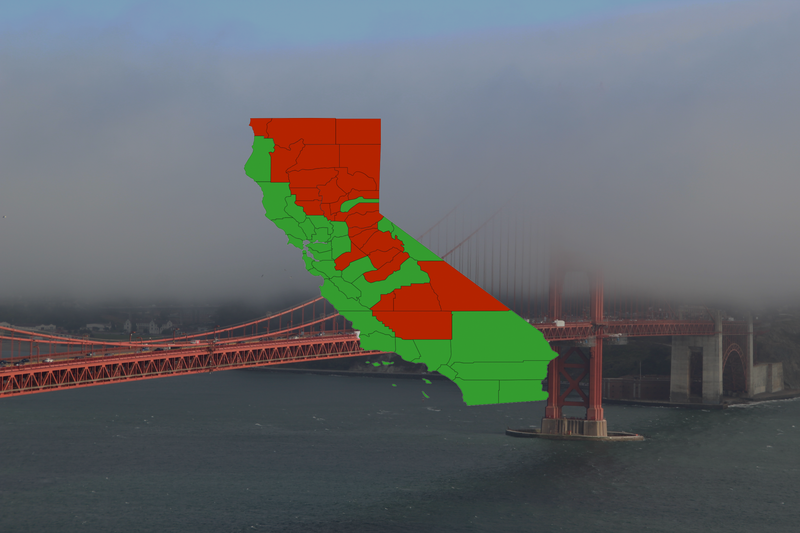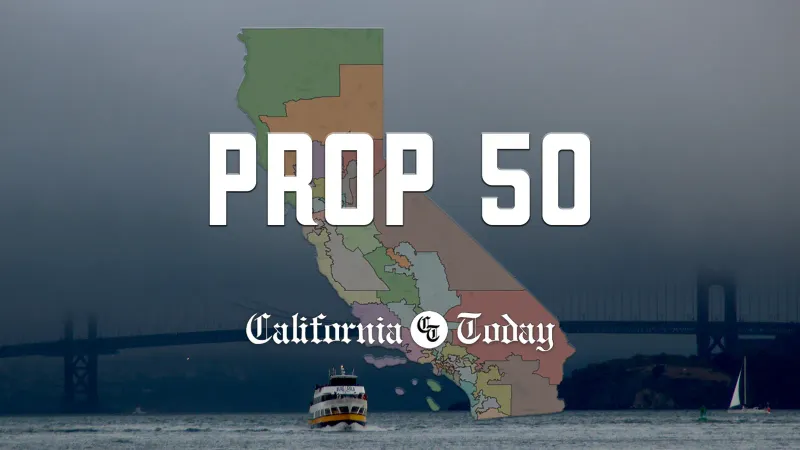Read the Ninth Circuit ruling that allows Trump to deploy National Guard without state approval
The Ninth Circuit has granted a stay on the TRO blocking Trump’s National Guard deployment to Los Angeles. Read the full court ruling and explore our expert breakdown with annotated highlights.
In a major escalation of the legal battle between California and the federal government, the Ninth Circuit Court of Appeals has granted a stay on the temporary restraining order that had blocked President Trump’s deployment of National Guard troops to Los Angeles. The ruling, issued on June 19th, 2025, allows the deployment to continue while the case proceeds—and gives the President sweeping deference under a rarely tested statute, 10 U.S.C. § 12406.

This article includes a full downloadable copy of the court’s published ruling—plus an annotated breakdown that explains what the court actually said, what it didn’t, and why it matters more than the headlines suggest.
Newsom v. Trump: Download the Full Ninth Court Ruling (PDF)
We’ve obtained the complete 38-page decision issued by the United States Court of Appeals for the Ninth Circuit on June 19, 2025, in the case of Newsom v. Trump.
Continue reading for our breakdown of the ruling’s most important sections, including the statute the court relied on, the level of deference granted to the President, and what this means for California’s challenge going forward.
What the Court Decided
In a 3-0 decision issued on June 19, 2025, the Ninth Circuit Court of Appeals granted a stay on the temporary restraining order (TRO) that had blocked President Trump’s deployment of the California National Guard to Los Angeles. That means the federal deployment—originally triggered by protests against immigration raids—can continue while the case moves forward.
The ruling does not end the case, but it strongly signals that the appellate court believes Trump’s use of 10 U.S.C. § 12406(3) was likely lawful. That statute allows the president to federalize state National Guard units when “the President is unable with the regular forces to execute the laws of the United States.”
The court disagreed with the lower court’s conclusion that none of the legal conditions for federalization had been met. Instead, the Ninth Circuit found that:
- The President was entitled to broad deference in determining whether federal law enforcement was being obstructed;
- Violence against federal officers and property in Los Angeles—including use of Molotov cocktails and the breaching of a federal building—likely justified the deployment;
- And even if there were minor procedural flaws in how the order was transmitted, they did not warrant the sweeping injunction issued by the district court.
The court also dismissed California’s Tenth Amendment claims, finding that they depended entirely on whether the President had violated the statute. Since the judges found the federalization likely lawful under the statute, the constitutional challenge effectively collapsed alongside it.
In short, the Ninth Circuit gave the President a green light—at least for now—to continue using the National Guard in California without the state’s consent. The court emphasized that this finding is preliminary and applies only to the question of whether a stay should be granted, but it may preview the final outcome if the case reaches a full appeal.
1. The Central Statute: 10 U.S.C. § 12406
“Whenever[] . . . the United States . . . is invaded or is in danger of invasion . . .the President may call into Federal service members and units of the National Guard of any State in such numbers as he considers necessary to repel the invasion.”
This is the statute the entire case turns on. Specifically, subsection (3)—which allows the President to federalize the National Guard if he determines that federal law enforcement is not able to function using regular forces alone.
The Ninth Circuit concluded that this threshold was likely satisfied in Los Angeles, citing “concrete chunks,” “Molotov cocktails,” and federal officers being “pinned down” or injured during several days of violent clashes outside ICE facilities and other federal buildings.
While the district court had interpreted the statute to mean the President must be completely unable to enforce federal law using regular forces, the Ninth Circuit explicitly rejected that reading:
“Section 12406(3) cannot plausibly be read to mean that so long as some amount of execution of the laws remains possible, the statute cannot be invoked, regardless of how much execution of the laws remains thwarted or how much personal danger federal personnel face during operations.”
Instead, the court endorsed a more flexible interpretation—one that allows the President to act when enforcement is seriously impeded, even if not fully blocked.
This section of the ruling effectively redefines the bar for federalization under § 12406(3). The appellate court found that partial obstruction of law enforcement operations—especially when involving violent threats—can be enough to invoke federal authority, even without total breakdown. That’s a significant expansion of what lower courts or state officials might have previously assumed the statute required.
2. Presidential Deference and Historical Precedent
“Affording the President that deference, we conclude that it is likely that the President lawfully exercised his statutory authority…which authorizes federalization of the National Guard when “the President is unable with the regular forces to execute the laws of the United States.”
One of the most consequential aspects of the Ninth Circuit’s ruling is how much judicial deference it gives to the President’s decision-making—especially in times of civil unrest.
To justify that deference, the court cited Martin v. Mott (1827), a nearly 200-year-old Supreme Court case that upheld the President’s discretion in calling forth the militia under the Militia Act of 1795. That case involved President Madison’s decision during the War of 1812, and the Court in Martin concluded that the President’s judgment on whether an “exigency” existed was “conclusive upon all other persons.”
The Ninth Circuit extended that logic to today’s statute—10 U.S.C. § 12406—noting that its language and purpose are direct descendants of the Militia Acts. The court also referenced Luther v. Borden (1849) and other historical cases that reinforced the idea that courts must tread lightly when reviewing presidential decisions involving military deployment within U.S. borders.
“Given the closely related nature of the statutes, Martin requires that the President’s determination that an exigency exists be given significant deference.”
This section is legally powerful—and potentially controversial. Martin v. Mott was decided in a vastly different era, under conditions of war and with minimal judicial oversight of executive action.
Some modern legal scholars argue that deferring so heavily to presidential discretion—especially for domestic deployments in peacetime—invites abuse. The court doesn’t ignore this, but says any change to that doctrine must come from the Supreme Court, not the Ninth Circuit.
3. The Role of the Governor
“Even if there were a procedural violation, that would not justify the scope of relief provided by the district court…”
A central claim in California’s lawsuit is that Governor Gavin Newsom never approved the deployment—and that Trump’s administration violated the law by failing to issue the federalization order “through the governor,” as required by § 12406.
But the Ninth Circuit sided with the federal government, concluding that the Adjutant General of the California National Guard—who forwarded the federal memoranda to Newsom and relinquished command—likely satisfied the statute’s procedural requirement.
Under California law, the Adjutant General:
- Acts as chief of staff to the Governor,
- Commands all state military forces,
- And issues all orders in the name of the Governor.
“Nothing in § 12406 prevents the State from delegating to a subordinate, such as the Adjutant General, the Governor’s authority to issue such orders.”
In other words, even though Newsom opposed the deployment politically, the court held that he was not legally bypassed in a way that invalidates the President’s order.
This finding underscores a broader legal principle: in federal emergencies, state opposition may be acknowledged but not determinative. The court affirms that state-level procedural delegation (like through the Adjutant General) can fulfill federal statutory requirements. It also clarifies that § 12406 doesn’t give governors veto power, unlike other federal statutes that explicitly require gubernatorial consent.
Reactions from Both Sides
President Trump hailed a Ninth Circuit Court ruling affirming presidential authority to deploy the National Guard, criticizing California Gov. Gavin Newsom and emphasizing federal protection capabilities.
— POTUS Tracker (@POTUSTrackerUS) June 20, 2025
Track the President's social media posts with POTUS Tracker. pic.twitter.com/UulLCp88Yq
Trump Declares Victory
Shortly after the decision was published, President Trump took to Truth Social to celebrate, writing:
“BIG WIN in the Ninth Circuit Court of Appeals on the President’s core power to call in the National Guard! … This is a Great Decision for our Country, and we will continue to protect and defend Law abiding Americans. Congratulations to the Ninth Circuit, America is proud of you tonight!”
Trump also took aim at Governor Gavin Newsom personally, referring to him as “incompetent” and repeating campaign-era themes of federal authority stepping in where state officials "fail" to act.
The post quickly went viral across conservative media.
This fight doesn’t end here. pic.twitter.com/6OZJdLcJK0
— Gavin Newsom (@GavinNewsom) June 20, 2025
Newsom Responds: "The President is not a king"
In an official statement, Governor Gavin Newsom expressed disappointment in the ruling but claimed partial vindication.
“The court rightly rejected Trump’s claim that he can do whatever he wants with the National Guard and not have to explain himself to a court. The President is not a king and is not above the law. We will press forward with our challenge to President Trump’s authoritarian use of U.S. military soldiers against citizens.”
Attorney General Rob Bonta echoed the sentiment, saying the legal fight is far from over and affirming California's intent to pursue the case through the next round of appeals.
What Happens Next
Although the Ninth Circuit's ruling allows the deployment to continue, it does not resolve the case on the merits. A full appeal, and possibly a Supreme Court showdown, could still lie ahead.
The court’s willingness to grant a stay signals how it might rule down the line—but also leaves open the door for more detailed arguments about federal overreach, the limits of § 12406, and the evolving interpretation of the Insurrection Act in the post-Trump v. United States legal environment.
Regardless of where the litigation goes next, this moment has already set a powerful precedent: a sitting president can deploy federalized National Guard troops into a state without the governor’s consent—and without immediate judicial reversal.
What to Read Next
